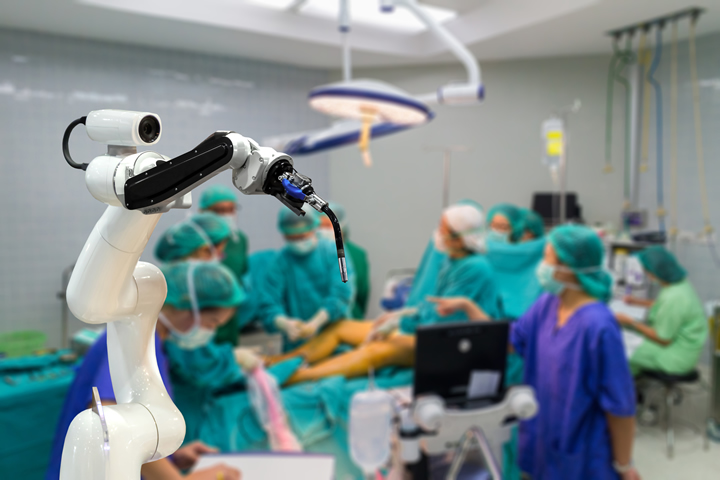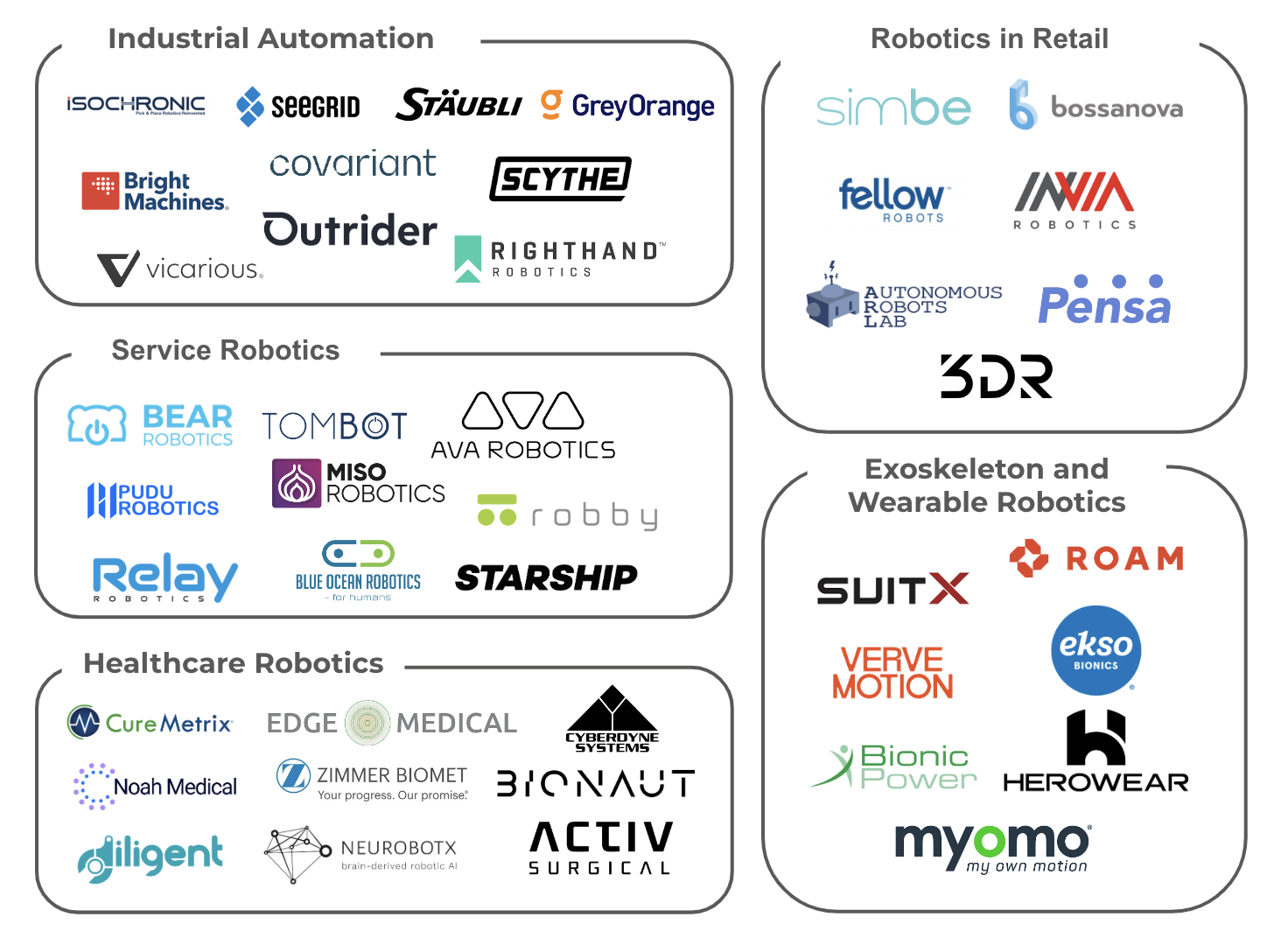A Look Into Robotics Evolving Market Landscape
Robotics is no longer the stuff of science fiction—it is quickly becoming one of the most transformative technologies across industries. From healthcare and manufacturing to logistics and consumer electronics, robots are being integrated into everyday operations, revolutionizing how we work, produce, and interact with the world. As global investments in robotics soar, the industry is positioned to unlock unprecedented efficiencies, improve safety, and meet the growing demand for automation. As we dive into this dynamic sector, we’ll explore how robotics is laying the foundation for more specialized areas, such as industrial automation, autonomous systems, and service robots, all of which are reshaping the future of work and production.
Why Robotics?
The demand for automation has grown exponentially as businesses face labor shortages, rising wages, and a need for greater operational efficiency. The COVID-19 pandemic accelerated this trend, as companies across sectors sought to maintain operations while adhering to social distancing measures. This has led to a surge in the adoption of robotics in manufacturing, warehousing, healthcare, and even customer service.
Moreover, robotics offers a solution to increasing demands for speed and precision. In industries such as manufacturing, robotics allows for round-the-clock production with minimal errors, significantly boosting productivity. For example, McKinsey & Company estimates that robotics, combined with AI, could increase global productivity by 0.8% to 1.4% annually.
Robotics plays a crucial role in addressing societal challenges, such as aging populations and environmental sustainability. In elder care, robots are being developed to assist with daily tasks, provide companionship, and even monitor health. In agriculture, robotics enables more efficient resource management, reducing waste and minimizing environmental impact.

Nurse Assisting Robotic Arm
State of the Union
In the 2022 State of the Union, President Biden emphasized the importance of reshoring manufacturing jobs and making the U.S. a leader in innovation. While robotics wasn’t explicitly mentioned, the themes of bolstering domestic production and investing in high-tech manufacturing directly tie into the growth of robotics and automation. These technologies are critical to revitalizing U.S. manufacturing and making it globally competitive, addressing labor shortages, and meeting increased demand for high-efficiency, precision-driven production. Moreover, the Biden administration has emphasized the need to invest in workforce development and technology education, preparing American workers for high-tech jobs, many of which are tied to automation and robotics. The CHIPS and Science Act, signed into law in 2022, allocated significant funding for research and development in emerging technologies, including robotics, AI, and advanced manufacturing. These efforts underscore the government’s recognition of robotics as essential to maintaining the country’s competitive edge in technology and innovation.
Where Are Investors Looking?
Investors in robotics are focused on sectors that demonstrate immediate, high-impact applications for automation and AI. Logistics and supply chain have become major areas of interest, driven by the global boom in e-commerce and the need for more efficient fulfillment and delivery systems. Companies developing autonomous mobile robots (AMRs), warehouse automation solutions, and last-mile delivery robots are attracting significant capital. Healthcare robotics is another hotbed for investment, with demand rising for surgical robots, rehabilitation devices, and robotic assistants in elder care and telemedicine. Additionally, agriculture is drawing investor attention, particularly for robotics that can automate labor-intensive tasks like harvesting and planting, addressing labor shortages and increasing efficiency. Startups developing collaborative robots (cobots)—designed to work alongside humans in manufacturing—are also gaining traction as they offer flexibility and safety enhancements in industrial settings. Overall, investors are targeting robotics solutions that address critical operational challenges and offer scalable technologies across multiple industries.

Key verticals within the Robotics landscape include:
1. Industrial Automation
The use of technology, including robotics, AI, and control systems, to automate manufacturing and production processes, improving efficiency, accuracy, and reducing human intervention
2. Service Robotics
Robotics designed to assist humans by performing tasks in non-industrial environments, such as hospitality, and domestic settings.
3. Healthcare Robotics
Robotics used in medical settings to assist with surgery, rehabilitation, patient care, and diagnostics, enhancing precision, efficiency, and patient outcomes.
4. Robotics in Retail
Streamlining retail operations, such as inventory management, customer service, and order fulfillment, improving efficiency, accuracy, and enhancing the shopping experience.
5. Exoskeletons and Wearable Robotics
Wearable robotic devices designed to enhance human strength, mobility, and endurance, often used in medical rehabilitation, industrial support, and military applications.
—————————————–
If you are a builder, investor or researcher in the space and would like to have a chat – please reach out to me at amit.k@thelotuscapital.com
